- Türkiye
- Things to do in Pamukkale
- Can you swim in Pamukkale in winter ?
Can you swim in Pamukkale in winter ?
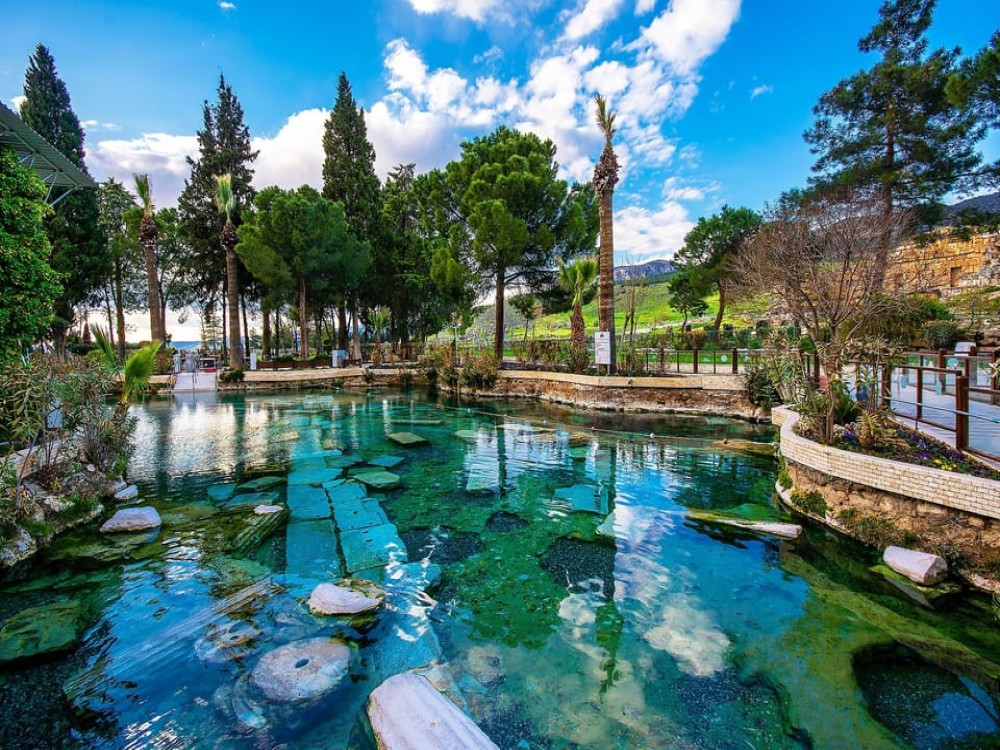
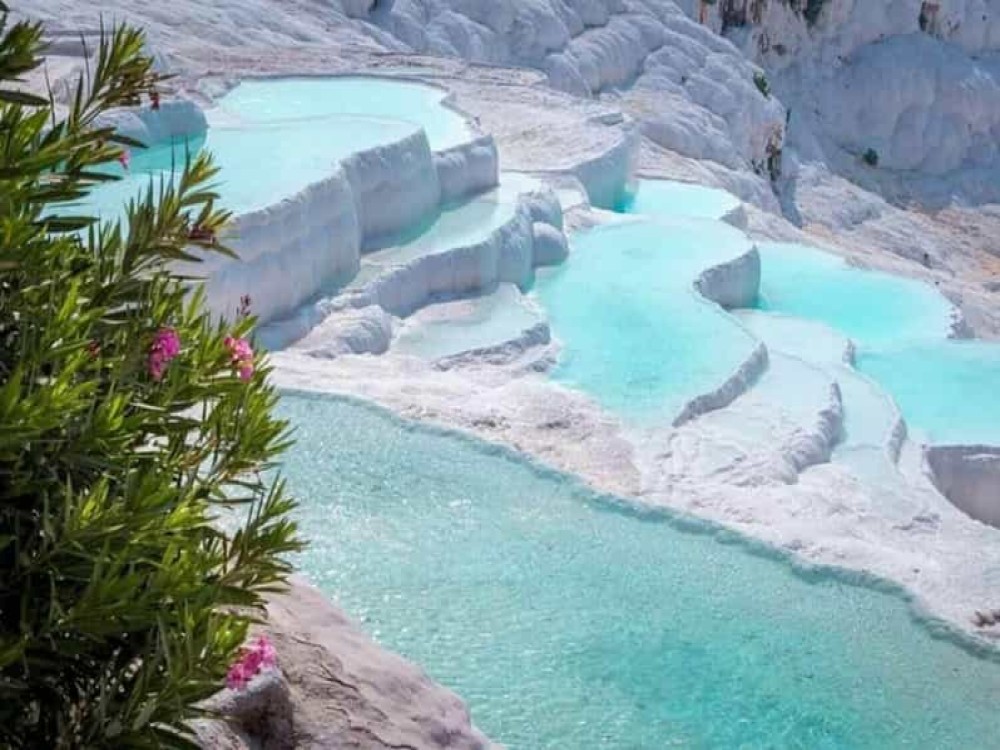

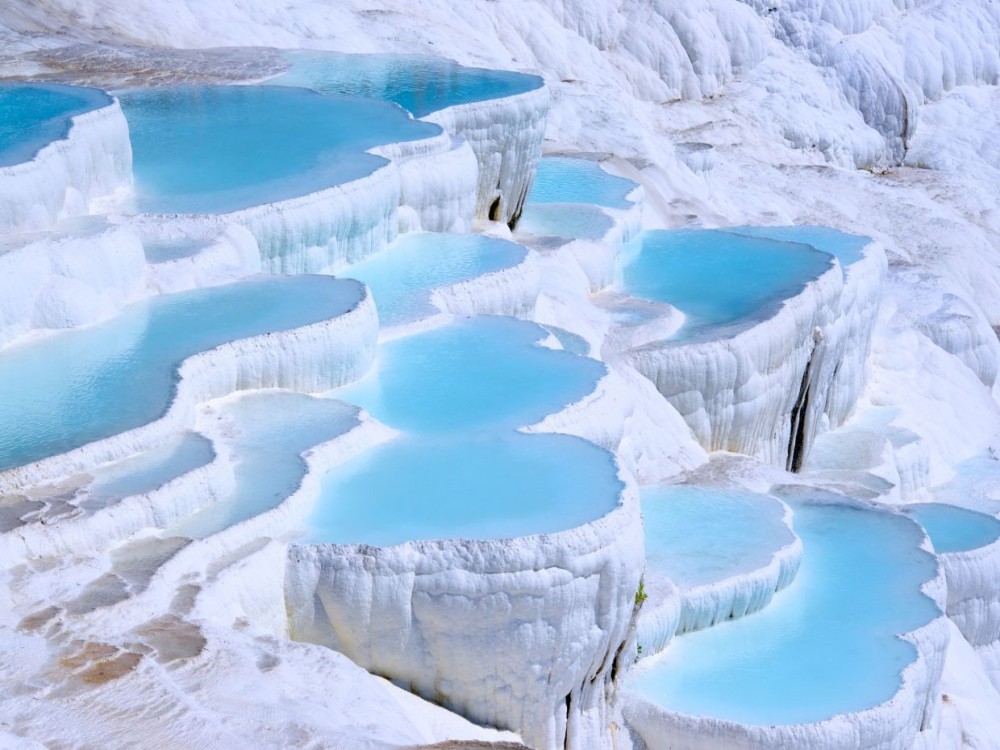
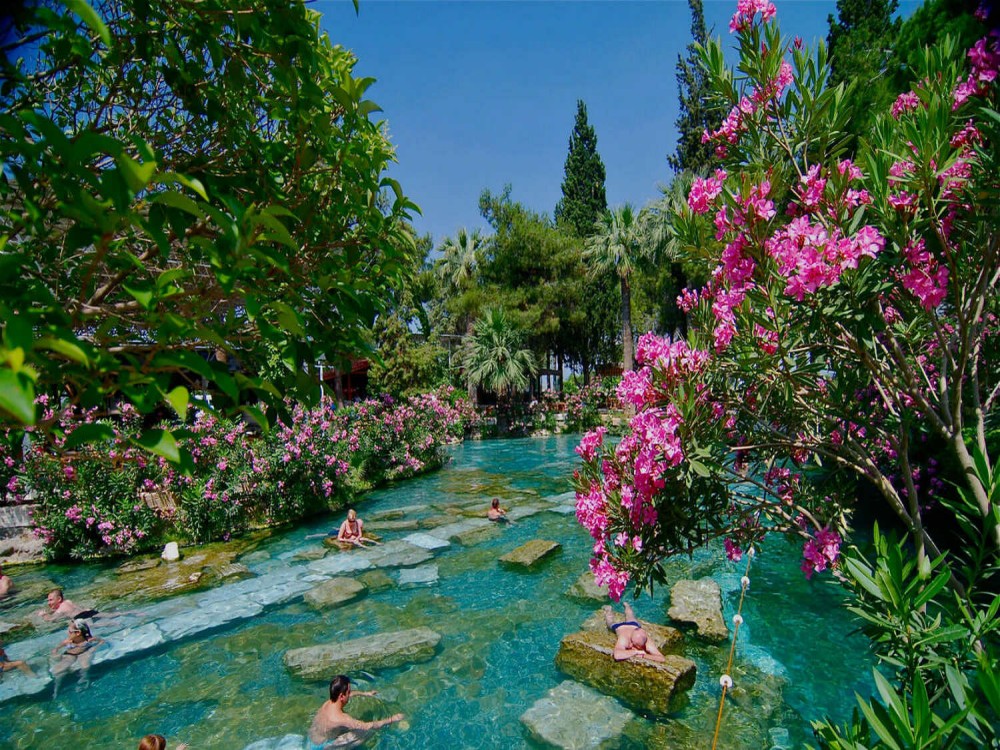

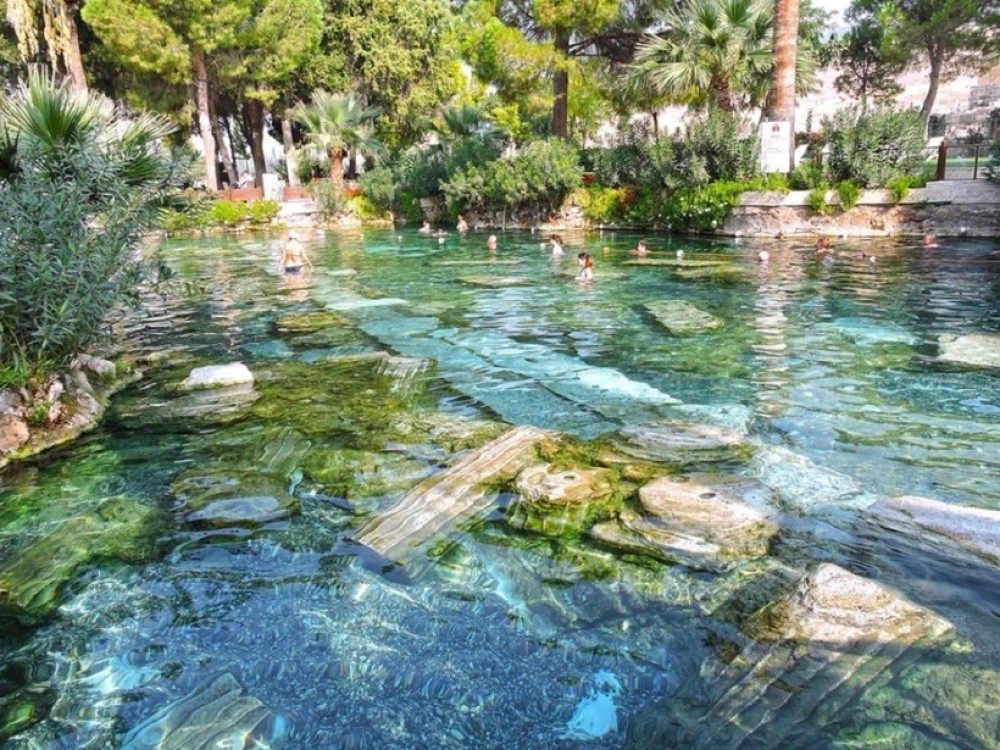
Visiting Pamukkale in winter gives you the feeling as if you were walking in a winter wonderland. The terraces are made of travertine which is a form of limestone deposit that is formed from mineral springs. The oyster-shaped pools are filled with calcium-rich water. Pamukkale’s gorgeous natural hot springs and travertines should be on your travel bucket list. The pools have natural spring water that is warm and clean throughout the year. This is an ideal way to warm up as the weather in Pamukkale in winter can be quiet cold.
Cleopatra’s Pool
Besides the travertine pools, you can also swim in an antique pool named after Cleopatra, the queen of Egypt. You can bath in the same waters in which Cleopatra once swam. The temperature of the water is around 36 °C which is warm enough to swim in winter. The columns of Apollo’s temple tumbled into the pool after an earthquake in the 13 th century. The water is crystal clear which gives you clear vision of the sunken temple. It is a good idea to take a snorkel and diving mask so you can dee the ruins properly.
When is the best time to visit Cleopatra’s Pool ?
In summer the pool has a lot of visitors in the afternoon as most people come for just one day to Pamukkale. The best time for a swim is in the morning or later in the day. Pamukkale is not very popular in winter, so any time of the day is perfect to dip in the healing waters. The water of the pool is shallow which makes it perfect for kids to swim too.
How to get there
Cleopatra’s Pool is located on a walking distance of the travertine terraces of the Pamukkale Thermal Pools. Denizli is the nearest city to Pamukkale which is only 18 kilometers away. It will take you 20 minutes by minibus. The minibuses are easy to find at the station in Denizli because they go to Pamukkale frequently. You can also rent a car and drive yourself which makes it easy if you’re planning to explore more ancient sites in the surroundings of Pamukkale.
You may also like these
Copyright © 2025 All Rights Reserved


